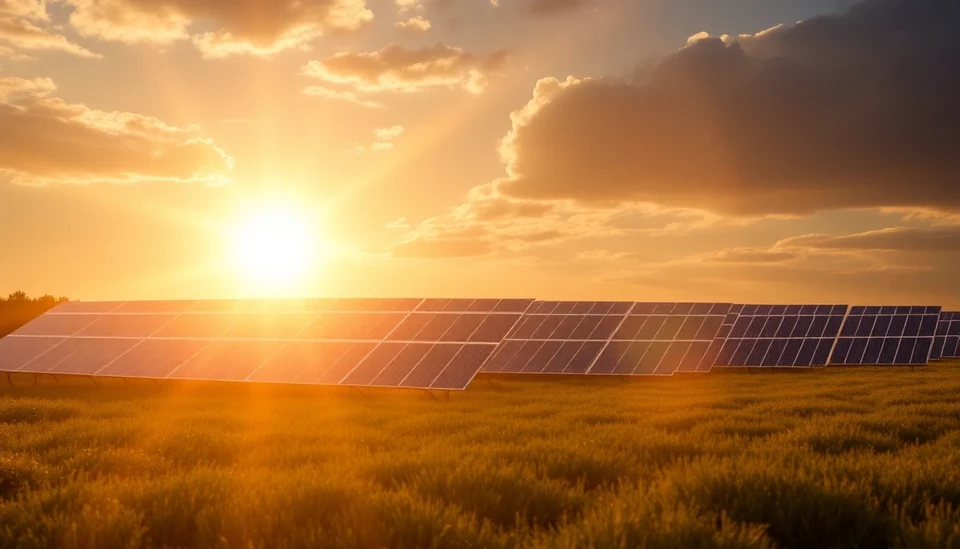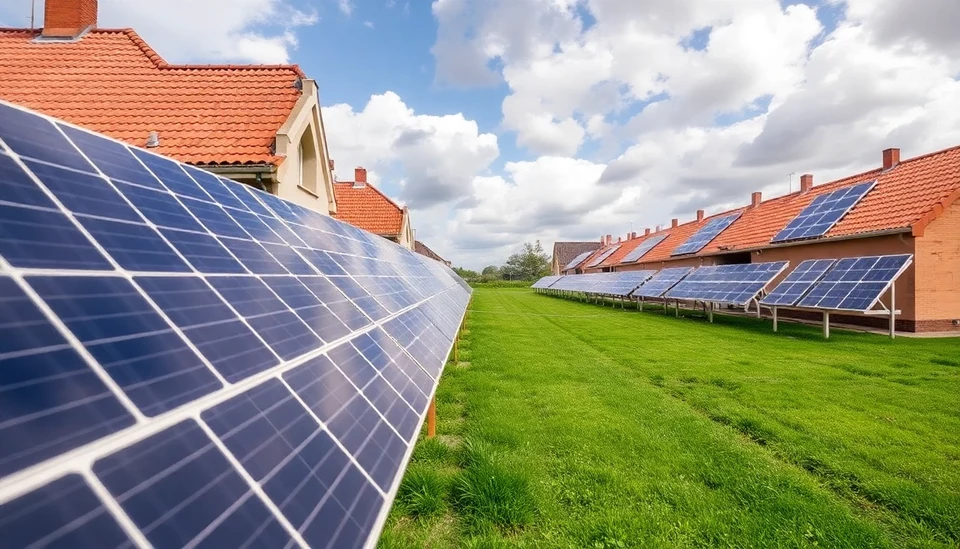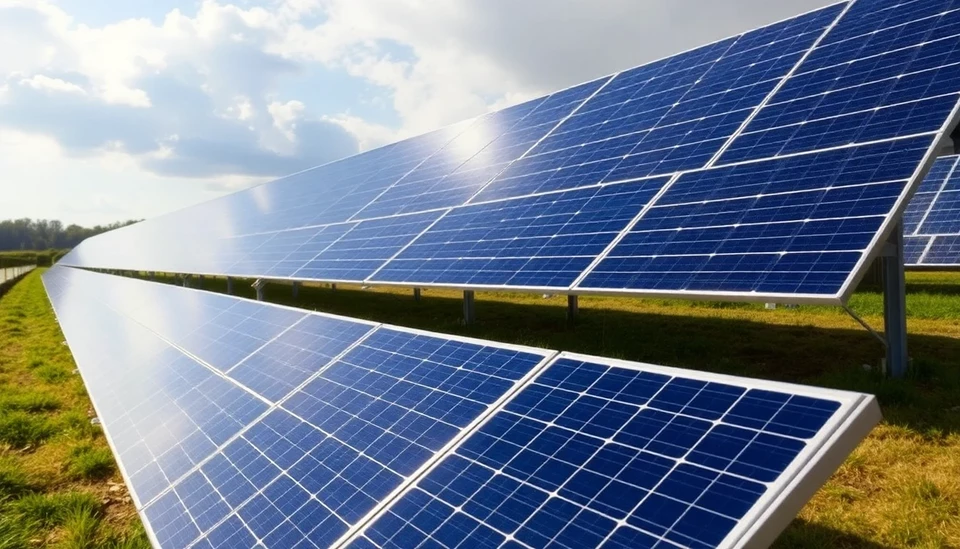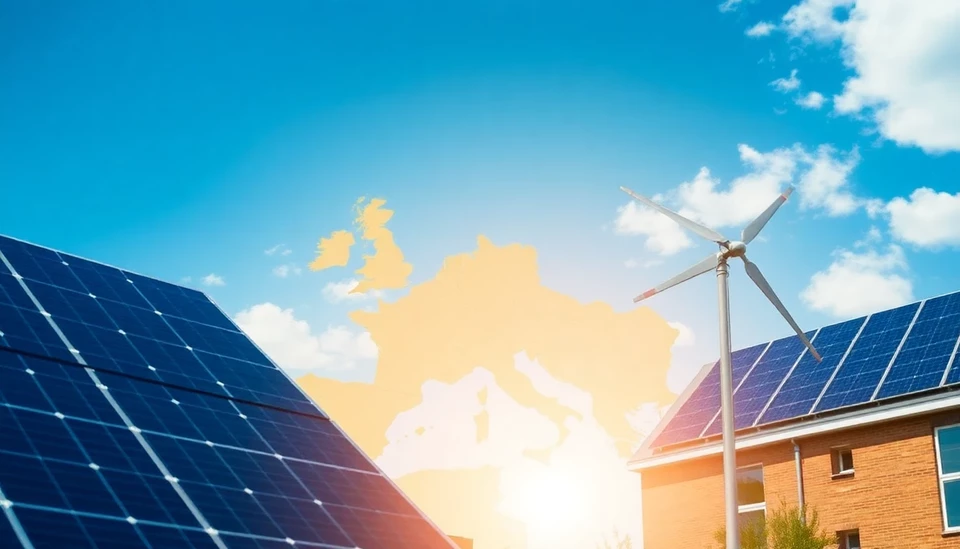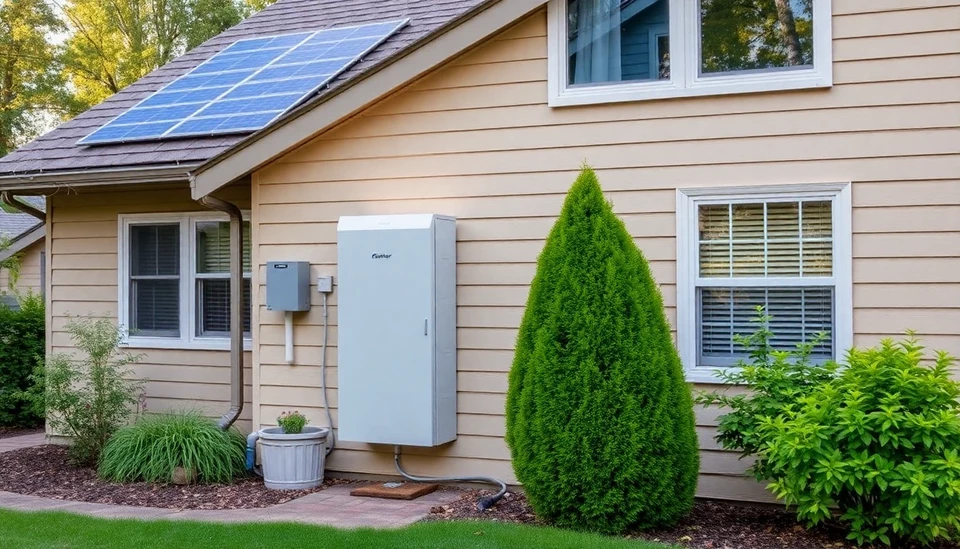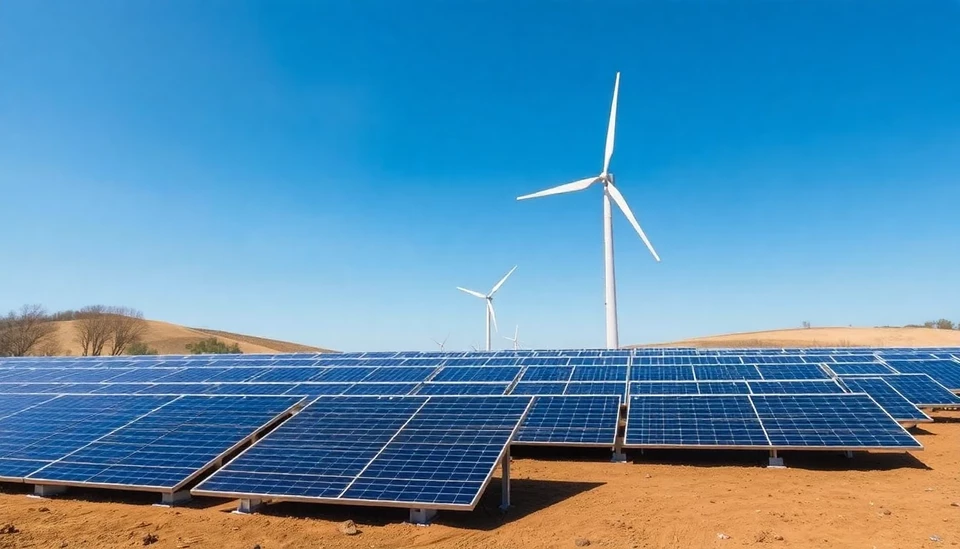
In a remarkable turn of events, European electricity prices have plunged into negative territory, driven primarily by an unprecedented surge in solar energy generation. This phenomenon has emerged as solar farms across the continent have ramped up production, coinciding with an increase in efficiency and favorable weather conditions, leading to an oversupply of electricity.
The latest reports indicate that during peak sunlight hours, certain regions in Europe are experiencing electricity prices dipping below zero, a situation that compels energy suppliers to pay consumers for using electricity rather than charging them. This financial anomaly not only highlights the growing dominance of renewable energy sources in the power market but also raises questions about the sustainability of traditional energy models in the face of increasing solar capacity.
According to data from energy market analysts, solar energy output has reached unprecedented levels in several European countries, including Germany and Spain, particularly during this unusually sunny spring season. The influx of solar-generated electricity has effectively outpaced demand, overwhelming the grid and precipitating the negative pricing scenario. As solar panels across the continent are yielding higher productivity thanks to improved technology and expansive installations, instances of negative pricing have become more frequent.
This significant trend is not limited to any single region, with various markets throughout Europe adapting to the new dynamics of renewable energy production. The implications of these shifts are profound, influencing everything from consumer electricity bills and energy contracts to broader energy policy discussions at the governmental and regulatory levels. Such a substantial increase in renewable energy generation underscores the urgency for upgrades to grid infrastructure, alongside regulatory reforms that can better accommodate these intermittent energy sources.
Additional factors contributing to the decline in electricity prices include a mild winter that has reduced overall demand for heating and significant investments in wind and solar technologies, which have further bolstered renewable output. Experts believe that as these renewable infrastructures continue to grow and develop, instances of negative pricing may become a normative occurrence in European power markets.
In response to this energy surplus, many power companies are grappling with the challenges of adjusting their operational strategies. Traditional fossil fuel plants, which have been cornerstones of the energy supply for decades, are increasingly being sidelined, as their running costs are now less competitive against the burgeoning dominance of solar. As governments push towards net-zero emissions targets, the shift in market dynamics signals a reorientation of investments towards sustainable and renewable sources.
As we witness this transformative period in the European energy landscape, the potential for solar and other renewables to play a central role in the future energy mix highlights both the opportunities and challenges that lie ahead. The situation calls for innovative solutions and adaptive strategies that can harmonize renewable energy production with consumer demand, securing a reliable and economically viable electricity supply for the future.
#SolarEnergy #PowerPrices #RenewableEnergy #ElectricityMarket #EuropeEnergyTransition #NegativePricing
Author: Sophie Bennett
